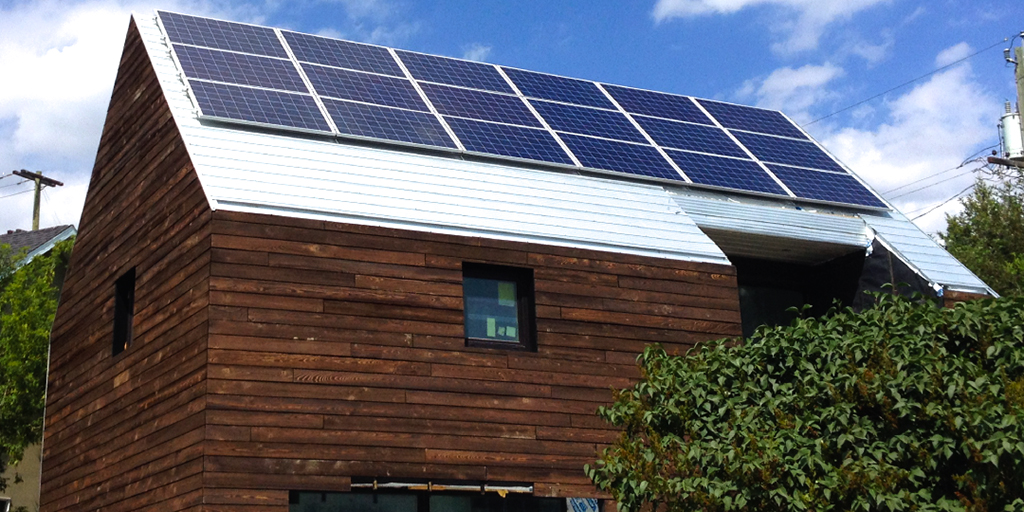
April 21, 2016 | Tyler Difley
Rising sun
Solar energy making strides in Calgary areaLong considered a darling of the green energy industry, solar technology is evolving at such a rapid pace that many experts predict it will soon become commonplace in our everyday lives.
David Silburn, a researcher at SAIT who specializes in green building technologies, said the popularity of solar systems, especially photovoltaic, in residential and commercial applications has skyrocketed in the past seven years as prices have plummeted.
"In 2009, I was paying $10 to $12 a watt installed, whereas now you're spending $2.50 to $3 a watt installed on the same scale of system," he said.
Solar has also increased in popularity as people have become more informed about the technology, added SkyFire Energy CEO David Kelly, whose company has designed and installed grid-connected and off-grid solar power systems throughout Western Canada.
"There are a lot of people who still believe you need a place to put the batteries and all these other things"
"There are a lot of people who still believe you need a place to put the batteries and all these other things, all this equipment," he said. "But in reality, the majority of our systems have no batteries. The only thing in the house can be just a breaker in the breaker panel."
While much of the ongoing work in solar has revolved around increasing efficiency and reducing costs, Silburn noted his team has also worked on a number of "integrated renewable energy" projects.
"We do a lot of product development – integrating solar into products being used anyways, like glass or spandrel panels or shutters or any other things on the outside of a building that are exposed to the sun," he said.
"It's an existing technology, but finding a new product to put it on and having that in the market, where you're getting additional value out of the same product, is a good approach."
Southern Albertans don't have to look far to find a solar success story. The Drake Landing Solar Community in Okotoks has been a poster child for solar energy's residential housing applications since Natural Resources Canada launched the 52-home project in 2015.
The network of homes has a solar thermal system of 800 panels mounted on garage roofs throughout the community that captures solar energy year round for residents' space and water heating needs. The system uses a technology called borehole thermal energy storage (BTES), which acts as a large heat exchanger to store heat in the ground during the summer so it can be used during the winter months.
Drake Landing is the first and only large-scale community in North America to use BTES. This year, solar energy has accounted for 100 per cent of the community's heating needs.
"We've been very pleased with the success of Drake Landing so far," said Doug McClenahan, Natural Resources Canada's solar-thermal research and development manager and project leader for Drake Landing.
"It's performed as well or better than we expected."
Building off the success of Drake Landing, McClenahan hopes to scale up the solar community concept even further, while incorporating new technology and equipment.
"We are looking at a larger-scale project for Okotoks – one that would be for a new community of 3,000 or 4,000 people," he said. "We're looking at incorporating photovoltaics, in addition to solar thermal, to try and make the community net zero from an energy perspective."
Solar thermal systems concentrate light from the sun to create heat, which can be used to heat homes or to generate electricity. Photovoltaics convert light from the sun directly into electricity.
Tagged: Calgary Real Estate | Calgary Real Estate News | Drake Landing | Environment | Green Living | SAIT | skyfire energy | solar | sustainability | sustainable | YYCRE




